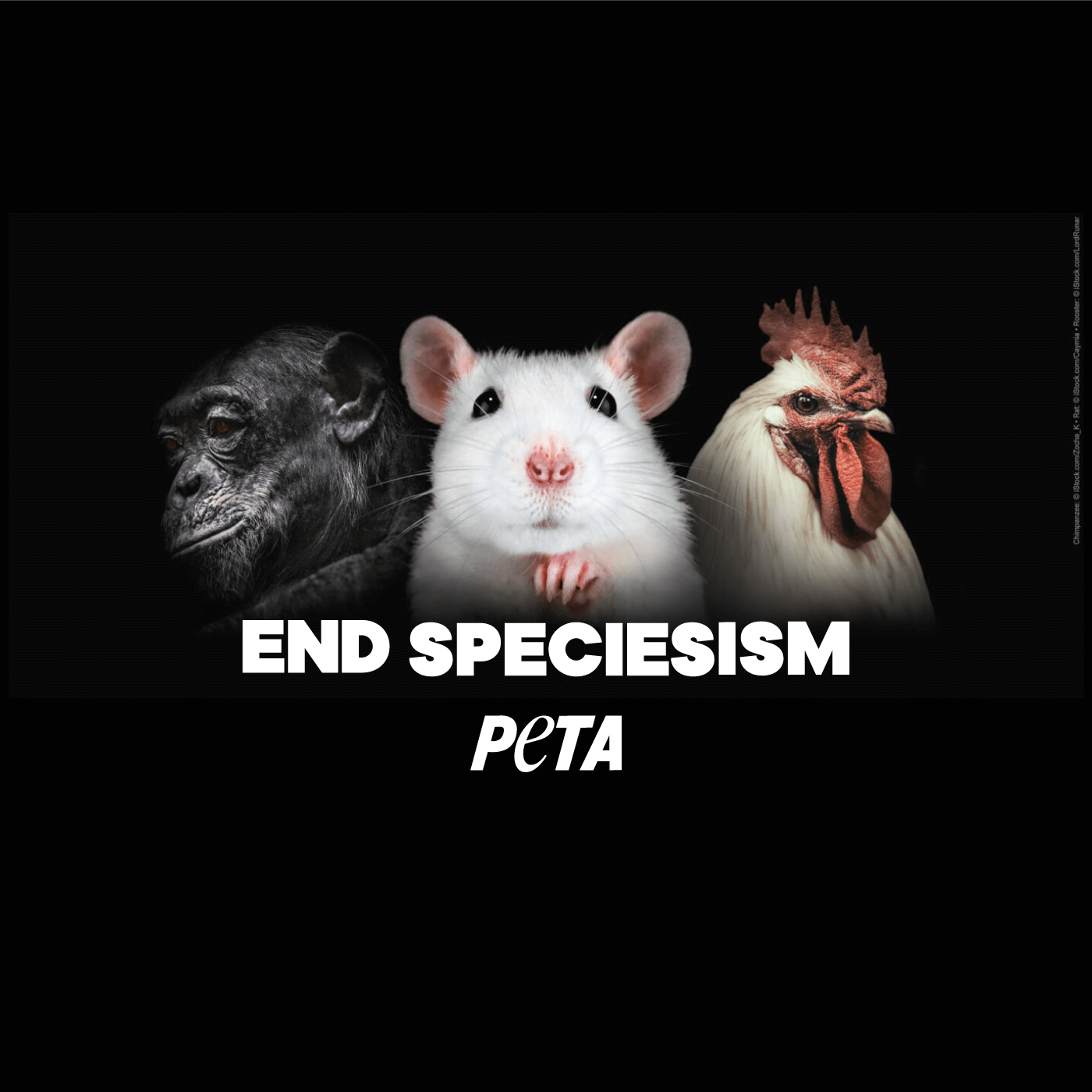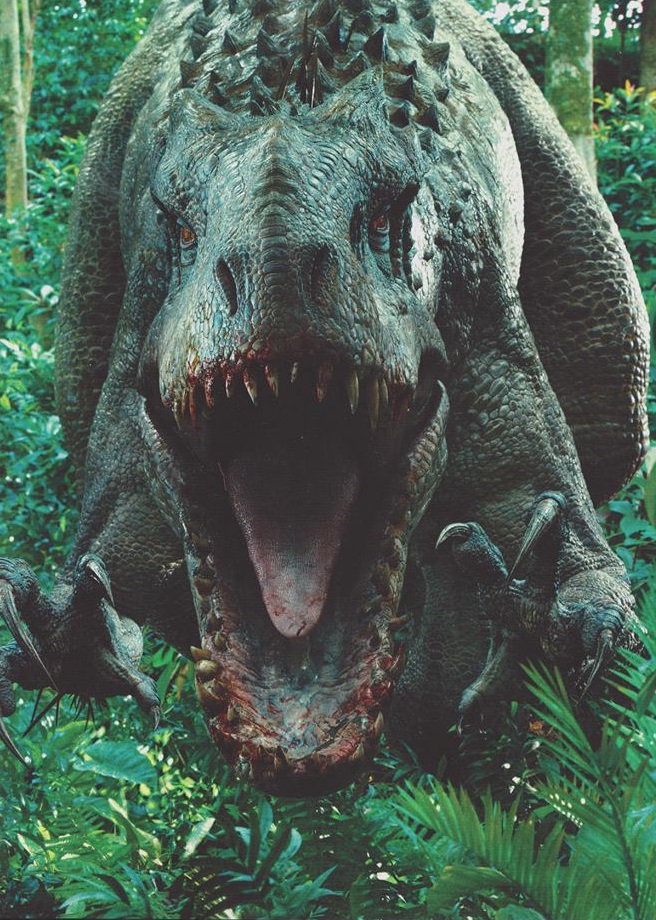For
my third event, I came back to Fowler Museum to see Jo Farb Hernández's
photography exhibition, Singular Spaces: From the Eccentric to the Extraordinary in
Spanish Art Environments, documenting the organic
yet complex artworks produced by eight Spanish artists. The main reason I visited
this exhibit is because of how it connects to my final project which involves
launching a spaceship with millions of people to outer-space forever. One
connection that my final project has with these artists is the theme of “isolation”:
after centuries, the spaceship will be inhabited by humans who have never set
foot on Earth, and will probably have a totally different culture and mindset.
This is similar to the way that these eight artists all have limited or no connection
to art culture; their inspiration comes not from textbooks or teachers, but
from experience and raw emotion.
 |
| Figure 1 - Me at Fowler Museum |
For
example, artist Julio Basanta López decorated his home with colorful larger-than-life-size
demon figures built from bricks and concrete, but he did not do this for aesthetic
values; Julio suffered psychological trauma from the death of his son and uses
these demon figures to identify and possibly exorcise them. Another artist, José
María Garrido, who worked as a fisherman took up art after the death of his
close friend, creating a museum filled with objects from the sea.
 |
| Figure 2 - Grouping of demons above entrance gate, 2009 Julio Basanta López |
Another
aspect that I would be curious to see in the community of space-born humans is
their resourcefulness. As a whole they will have more limited resources, but to
what extent will they make use of what they have? Francisco del Río Cuenca
proved that even an illiterate field-worker can take advantage of a poor situation;
when a cargo of clams was accidentally unloaded in his village, Francisco
brought back bags of these clams to decorate his house that he was
constructing, now recognized as a tourist attraction.
 |
| Figure 3 - Contruction, planters, and tree sheathed in shells on the third patio, 2009 Francisco del Río Cuenca |
Peter
Buch’s work with sculpting with rocks and earth gives off a very primal feel
especially since it was created only years ago. While it may not look
awe-inspiring, it is the backstory and the artist himself that invokes the
feeling of amazement and wonder from the viewer. Similarly, Josep Pujiula i Vila
created structures from sticks and stones; what seems interesting to me is the
time and effort and background of the artist rather than his actual artwork.
Obviously something like this can be copied with enough manpower, and is not
unique in itself, but it is Josep himself who makes it special. I point this
out because I believe we will have a similar view on art from space-born humans
as we do for these pieces of art. I believe that we will be amazed and awed by
the artworks created by space-born humans even more so because they were
created by humans of such a different background.
 |
| Figure 4 - Monumental building in the shape of a head, 2011 Peter Buch |
 |
| Figure 5 - Head with a Dream, 2008 Peter Buch |
 |
| Figure 6 - Southern view of labyrinth, 2002 Josep Pujiula i Vila |
I
feel that comparing these more primal artworks with contemporary artworks may
be what we see with space-born art and Earth art. Being in such a different
atmosphere will definitely bring an interesting outlook on life and art,
similar to how these eight artists have been cut off from more modern
technologies and cultures. The differences in styles of art in Singular Spaces compared to more popular
art may show us how different space-born human art and Earth human art will come to be a few hundred years later.







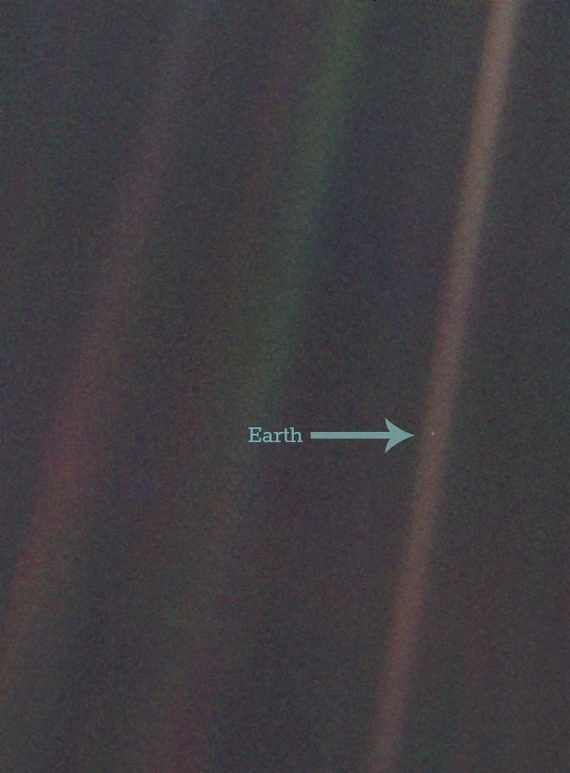




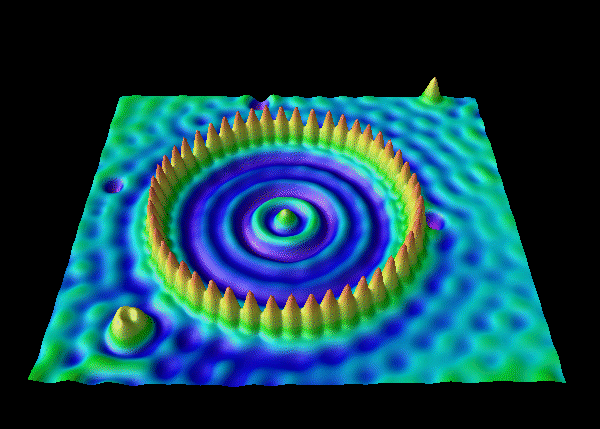
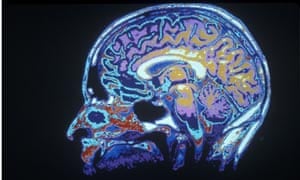







.png)



